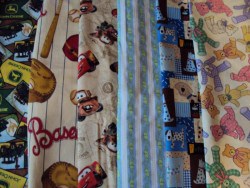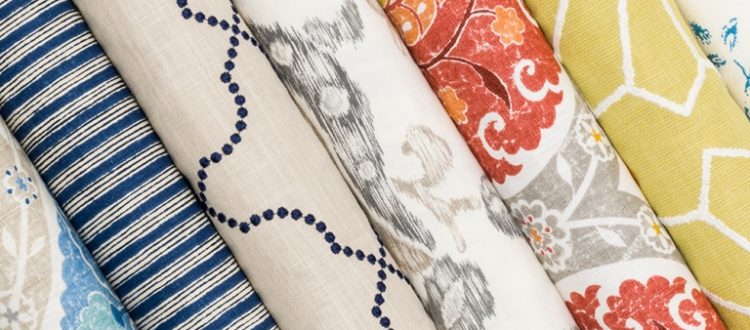What is this piece of large fabric with designs on it? This is one of the many questions I have come across with. I thought I’d take time to discuss it today.
Question: I can’t think of the term that you call a large piece of fabric with a design or designs on it. Can you help me out?
I’ll give it a try. There are a lot of options here we can talk about, with a lot of ways to put designs on a large piece of fabric, or we can make a large piece of fabric using lots of pieces to make a design.
Quilts and Tapestries
Off the top of my head, the first thing that comes to mind is a quilt, which is usually a lot of little pieces of fabric sewn into one large tapestry, then most often a batting of something fluffy like a fleecy polyester or the like is placed between the decorative piece of material and another large single sheet of fabric to create a decorative quilt which can be used on a bed or hung on a wall or anything else one deems an appropriate place to hang such an item.
Applique Banners

Appliqué banners are another type of large piece of fabric with a design, lettering, or both sewn onto them. I have written a broad history of this a few articles back, in which I discuss the origins of these tapestries in what is now Benin, a small country in Africa.
Benin was conquered by the French in the late 19th century, who liked the appliquéd banners, which were used for recording major historical happenings and the like, and encouraged the conquered peoples to record more peaceable things like farming and nature scenes, though they continued to record their history clandestinely on these tapestries.
The French introduced appliqué banners and tapestries into the west. Churches and schools particularly seem to like this style of banner in the US. We have a couple hanging in the front of the church we attend in Spokane, WA.
Printed Fabric
The 3rd type of fabric design is a relative late-comer to the scene, and this would be printed fabric. Fabric has been printed for quite some time, but only recently has fabric been printed using direct-to-fabric or dye sublimation printing methods. Prior to this, fabric was printed using various methods such as block printing, discharge printing, or other methods to produce pattern printed materials such as gingham or poplin that was used to make dresses and the like. Some of these methods are still used today.
However, for our purposes, we’ll deal with direct-to-substrate (fabric in this instance) briefly, then move on to dye sublimation printing, which, in our opinion, is a superior printing method to virtually any other commercial fabric printing available in the 21st century so far.
Direct-to-Substrate Printing
DTS printing is a method which uses digital printers to print ink directly to fabric. These printers also can print paper, vinyl, pvc, and other rigid plastics if set up to do so. Some of these printers use UV curable inks, although not on fabric. The primary disadvantage to this print method is that the printing on fabric is less durable and less photographic in quality due to the lack of continuous tone printing that is inherent to the dye sublimation printing process.
Dye Sublimation Printing
Finally, dye sublimation printing of cloth fabrics is my personal favorite subject because this is the best quality commercial printing available. So, why would I make this statement? Because the printing method is a scientific marvel that goes beyond inkjets spraying ink on a substrate.
In this method, a CMYO (cyan-magenta-yellow-overprint/clear) is printed by inkjet onto a transfer paper. The paper is then matched up to a polyolefin material such as polyester (cannot be a natural fiber as the molecular structure will not work with dye-sub printing – at least not yet).
Finally, the paper/fabric combo is fed through heated pressure rollers at about 400°F. As the heat expands the molecules in the fabric, they open like a flower, and the ink turns into a gas simultaneously, which is infused into the open molecules as the pressure forces the gas into them.
As the material cools after passing through the heated rollers, the color is now continuously fused into the molecules of the fabric, creating a banner or piece of art that will hold it’s color for decades if not exposed to sunlight. And many years if exposed as the dye has become part of the fabric. This is why this is my favorite printed product and I recommend it under most appropriate circumstances.
Popular Posts:




